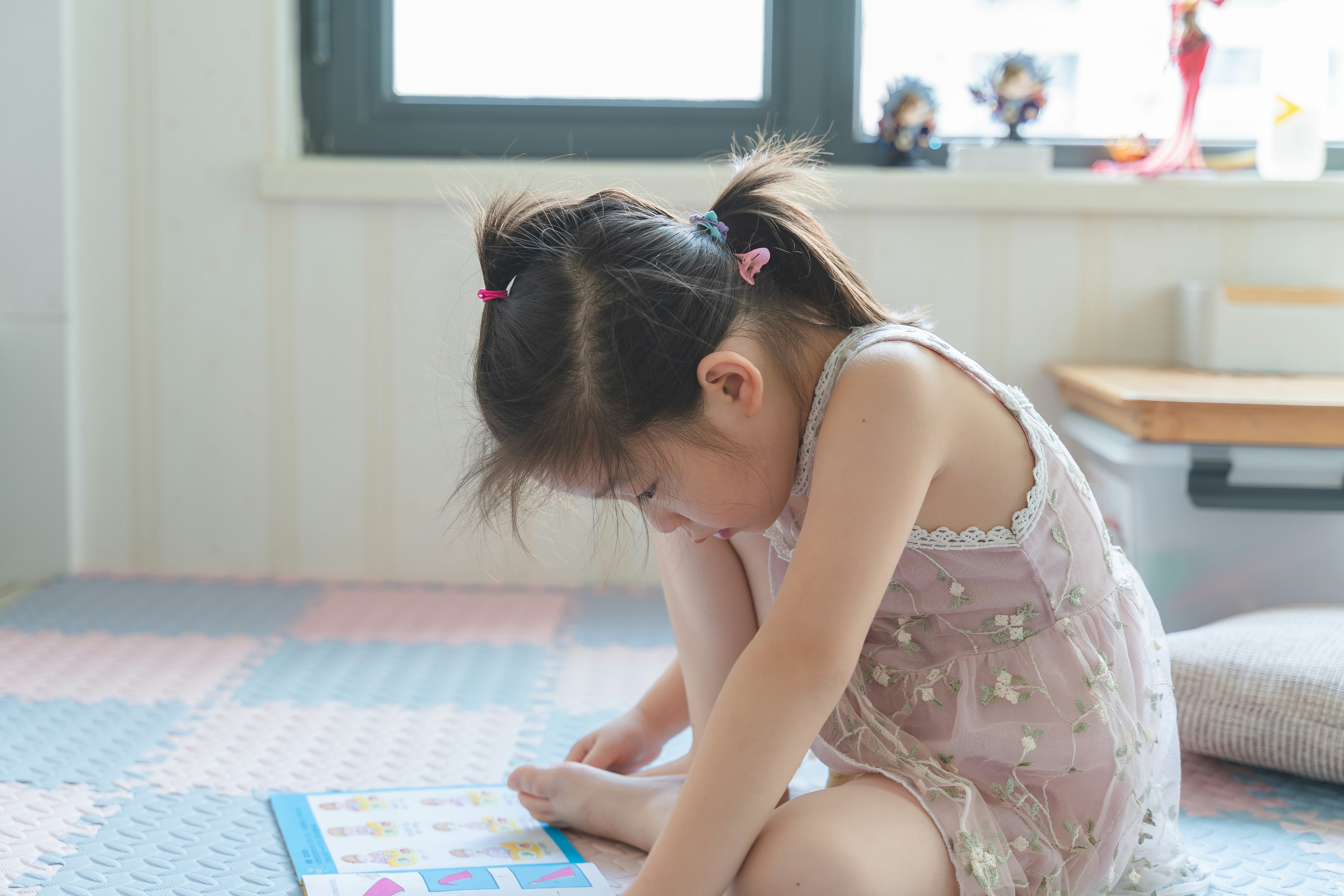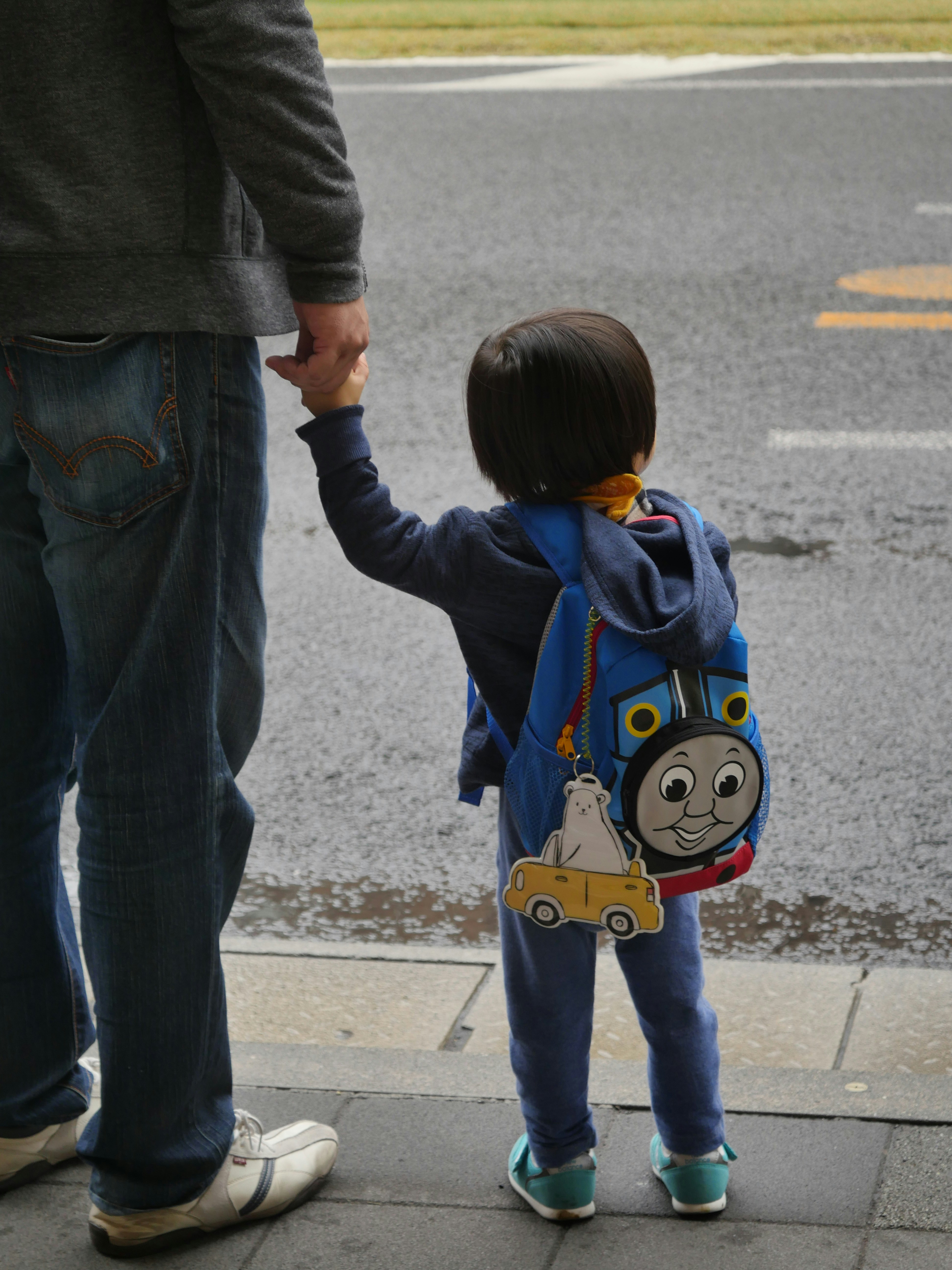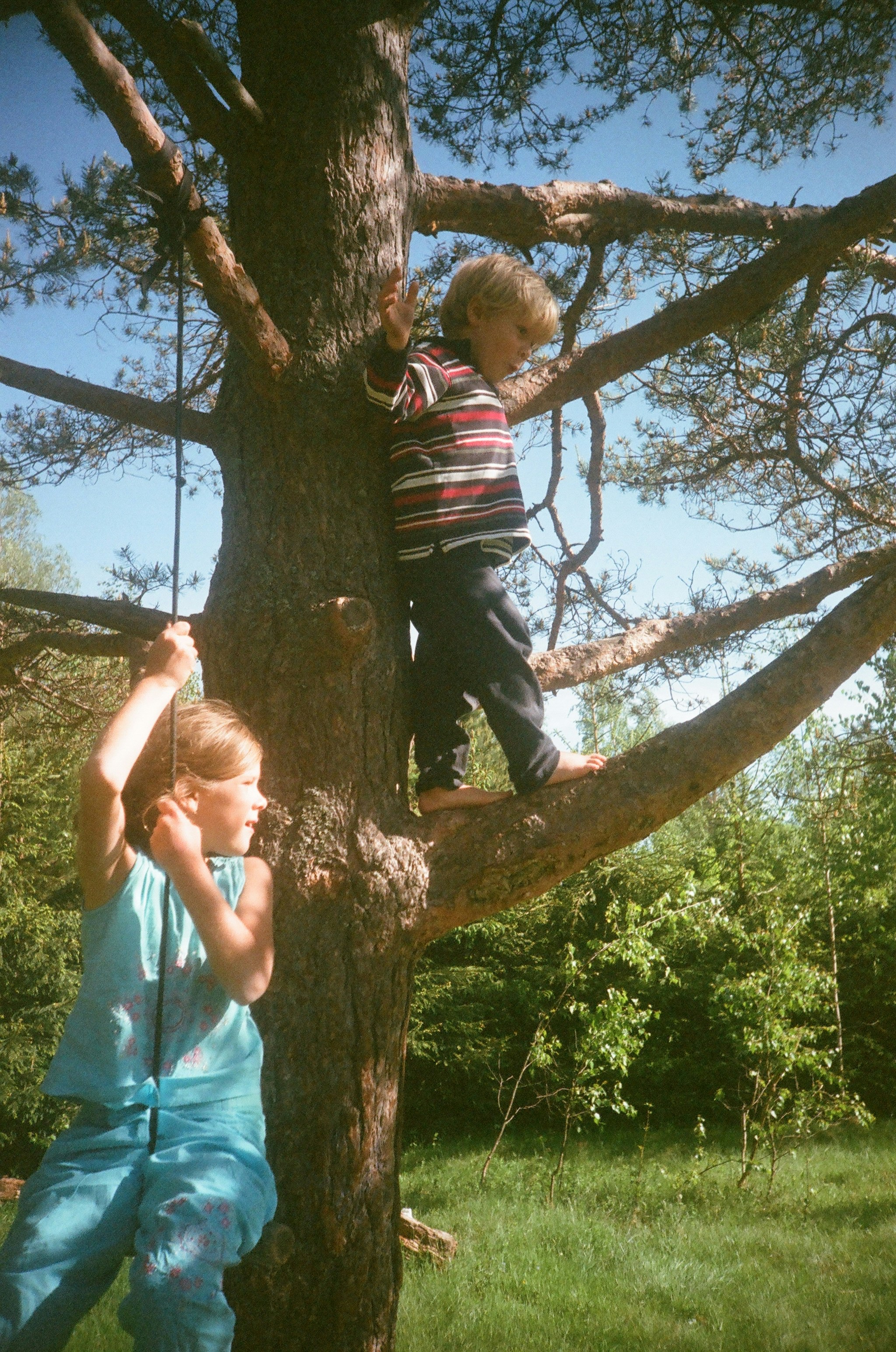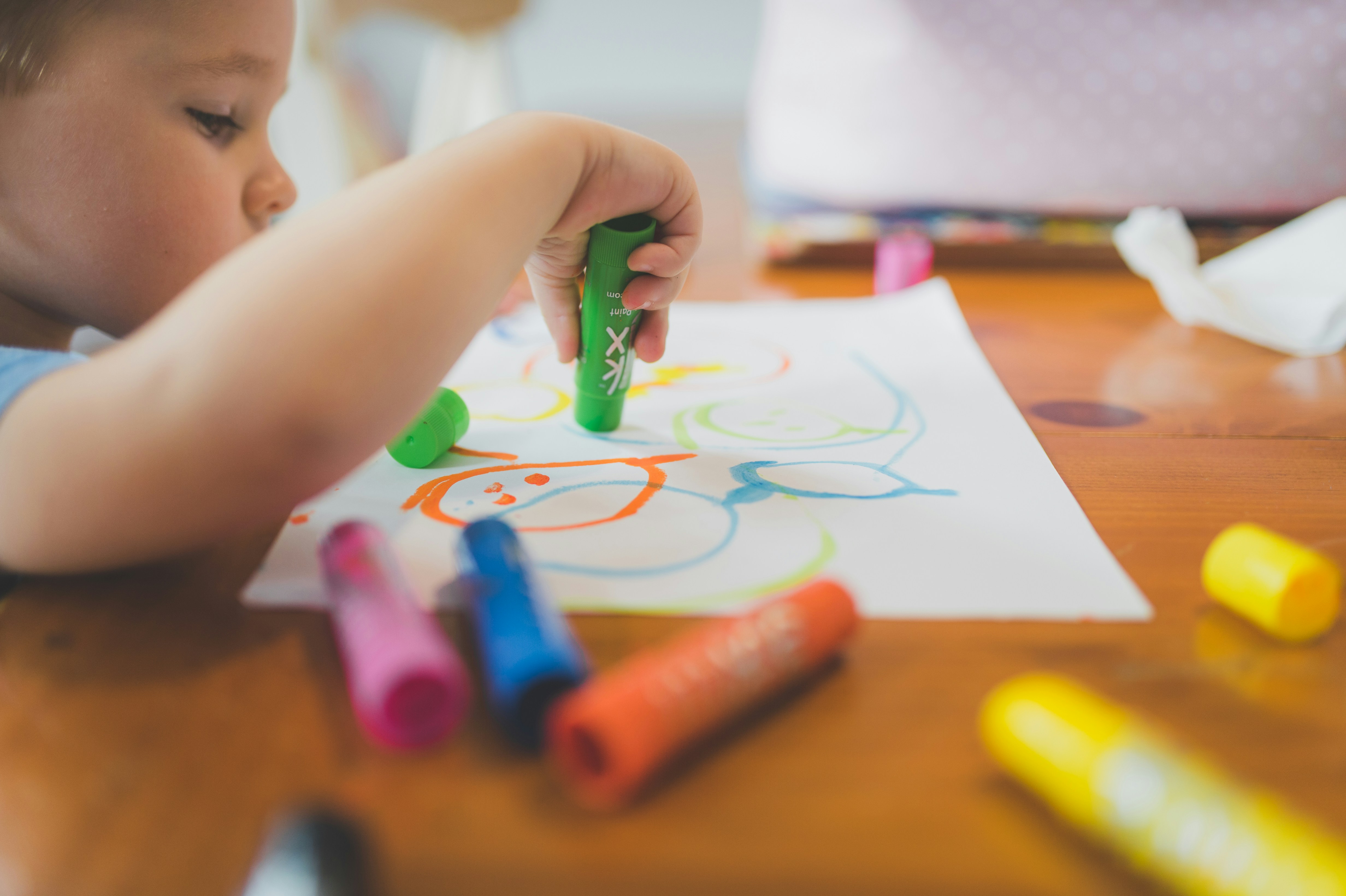5 Neurodiversity-friendly tips for getting your child ready for starting school

When we think of school readiness, it’s important to think about sensory needs, physical needs, and social-emotional needs which all create foundations for participating in the classroom and the playground. Here are some surprising ways to prepare for school that go beyond the traditional thought of knowing your ABC’s or 123's.
1. Increase rhythm and predictability
Our brains love rhythm and predictability. When we know what to expect, we can relax and be a little less vigilant. In short, knowing what is going to happen makes us feel a little safer. Of course we can’t predict every detail of our day, but if we can create enough predictability as a foundation it increases felt-safety (the subjective sense of feeling at ease within ourselves), and more felt-safety increases the capacity to be flexible, playful, and to learn.
Before starting school, it can be really helpful to meet the teacher and become familiar with the classroom and the school environment. Knowing details like where the toilet is, where their bag goes, and what is in the playground means that there is less guess-work and less demand on your child’s system when they start. It means they don’t have to give their energy to processing a whole lot of novelty, or to creating new plans from scratch. Instead, they have a little picture in mind that they can build on.
For some, making a little book about these details can be really supportive. You may like to take some photos, for example of the bag hooks/cubbies, the toilet, the playground, and the teacher. Keep the book as simple as possible, stick to language that states what is possible, and creates predictability without too much rigidity. You might make short statements to go with the pictures, like “I can put my bag in my cubby” or “When I need the toilet, I can use the one by my class” or “I might play on the playground. My favourite part is the tunnel!”

2. Normalise and Practise ways to ask for help
Asking for help is a really important skill that even many adults still struggle with! Support your child to practise asking for help when they need it, in a way that is authentic to them. You can model this, overlaying language that supports them to connect a sense of their own agency with words or the sign for help. For example, if your child is playing and becomes frustrated or upset, you can move in, get down on the floor with them and model saying “I need help!”, or maybe: “you need help? It’s frustrating huh. You can use: ‘help please!’”
You might also use the sign for help, and pair this with the word. For example, if your child can’t get their zipper done up, you might kneel beside them and sign/say “you want help?” or even more simply “help?”, then wait a little moment for them to respond – they might sign or say ‘help’, or they might just nod or gesture in response. If they don’t respond with saying or signing, gently provide the modelling and invitation with “you can ask for ‘help’”
If your child is particularly shy, introverted or does not like the focus on them, you might work out a way with the teacher that they can still ask for help or a break. Perhaps they pass a ‘help’ or ‘break’ card or a visual to the teacher, or maybe a special object can signify “I need help” or “I need a break”.

3. Taking care of our own feelings as caregivers
It can be hard to watch our little ones do something new, or to see them feel nervous or sad. We are intimately connected to each other, for good reason. This also means that when we turn toward ourselves with compassion and kindness, it flows back to our children. Dr Kristin Neff has done some amazing research on the power of self-compassion, and learning how to practise a ‘self-compassion break’ can be really powerful for our parenting, caregiving, as well as for kaiako. See Dr Neff’s work here.
There may be other tools that support you to self-soothe when you begin to feel a little overcome in those transition moments and good-byes. Think about the different sensory tools that work best for you, and how you might be able to add these in before you get to school drop-off as well as during the moment. Portable sensory tools might help can include chewing gum, mindfully connecting with your breath and body, using movement, and/or using soothing touch, like a hand on your heart or a butterfly hug.
It can also be helpful for both ourselves and our child to have something to focus on our connection and re-connection later on – how will I hold you in mind, even when you are out of sight? For some, a little object you can ‘put your love in’ or little cloth that we can ‘put our kisses’ in for the child to keep in their pocket, can help. It can also be helpful to create a simple plan together for when you are reunited, for example “When I come back, we will get a snack together” or “When I come back, we’ll play on the swing!”.
4. Support them to organise and self-manage, little by little
Scaffolding our child’s ability to manage their own belongings will look different for each child and each whānau. Little moments that invite the child to take a small, stage-appropriate steps toward caring for their belongings can be really powerful. This might be that they put their drink bottle into their bag in the morning, or carry their bag to class.
It can be really helpful to have a visual prompt for your child for things like the morning rhythm and what is needed. This can be transferred to the school context once they begin too. You might draw or print pictures of getting dressed, eating breakfast, brushing teeth, and putting on shoes, and have it somewhere easy to reference. You can then use this to check throughout the morning, helping you and your child to be on the same team and checking out what still needs to be done, together. It can also create more ease for them to do chunks of the routine by themselves. For getting to school, you could use a visual strip by their bag hook/cubby that shows what to do during the transition moment e.g. bag on hook, lunch box out, drink bottle out, and a picture of the teacher or an item they can play with in class to begin with.
If your child seems to be able to follow the morning rhythm one day, but not the next, remember they are still developing and consolidating their self-management, planning and regulation. Those are all skills that take a lot of time, practise, repetition, and co-regulation to learn. Your child might have more or less capacity on different days, or at different times throughout the day.

5. Supporting early literacy (it might not be what you think!)
Lastly, there are many ways that we can support early literacy foundations. Inviting lots of playful and pleasurable interactions with sounds and words is something you can do at home, in the car, and anywhere you go! Listening to and learning nursery rhymes, poems and stories, rhyming together, tongue twisters, and games where you are playing with words and their sounds create wonderful foundations for reading.
Reading books and poems together, making up stories, and using body-based games also encourage tamariki to really develop a sense of rhythm and timing. Utilise your local library, ask your librarian what they might recommend for your child’s unique interests and stage of learning. You can use a combination of sitting together to read books, talking-books, and audio-stories, so that they are exposed to varied levels of vocabulary, topics, and listening, and listening to stories is accessible. Keep reading to them for as long as possible, even when they begin reading for themselves.
When it comes to writing, big movements and exploring how their body moves through space is really key as a foundation. Play that nurtures the body-based senses might include (depending on your child’s sensory profile) swinging, playing on the bars, climbing trees, messy play, playdough, clay, sand-pits and the beach – these can all provide rich experiences that allow children to develop their stability, strength and body awareness. This kind of play also invites exploring and practising how hard or soft to throw, push, pull, or grip, and how to refine and control our body movements. This is essential underlying support for eventually forming the lines and curves of letters of the alphabet.
We also want our eyes to work together with our body-based senses. Eye spy games, spot-the-difference and I-Spy books also offer fun ways to practise visual scanning and discerning visual details. You can build these games into your week – play eye spy in the car, borrow EyeSpy books from the library, or find some dot-to-dot and maze books.
Keep it playful and don’t underestimate the strong buffer of your relational connection – this is key. Have fun together, enjoy each other, and notice what they enjoy most. Invite playful, engaging opportunities, rather than putting pressure on yourself or your child to reach a particular standard or expectation. If you are worried about your child, they’re really struggling with managing transitions, you need help understanding their behaviour, or you think they need extra learning support, do ask for help.


